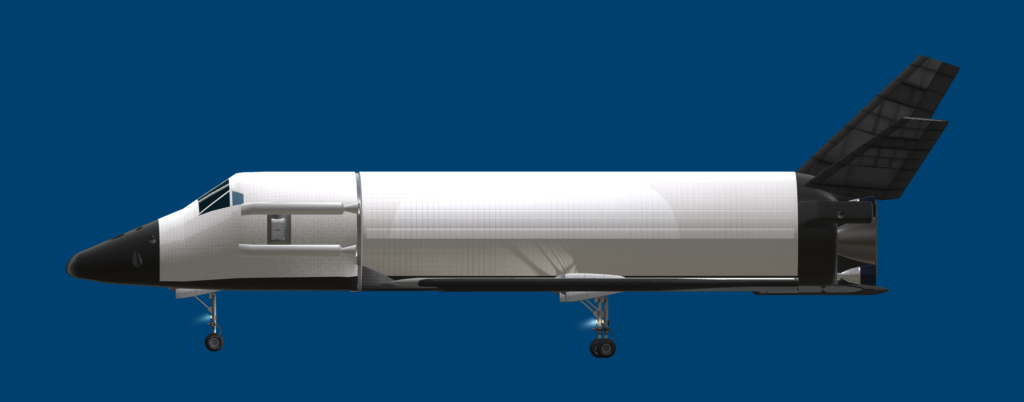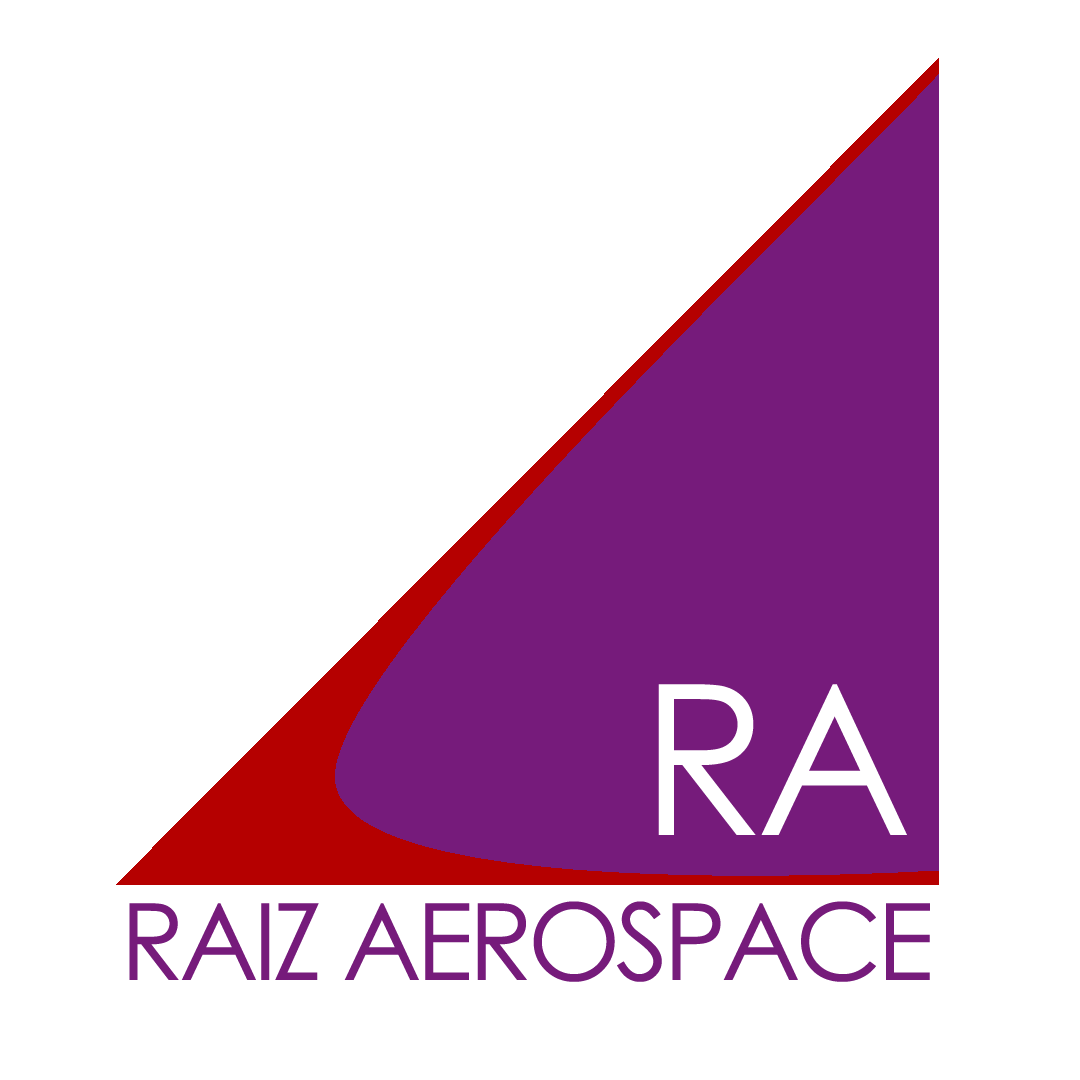Shuttle Mark II

The Shuttle Mark II was designed to potentially fit enough propellant in its cargo bay to make a transfer to the Moon. Its internal propellant, feeding two ED-7 engines, would then capture into orbit around the Moon and then return the spacecraft to Earth, where it would need to aerobrake prior to making a final descent. The trans-lunar injection propellant in the cargo bay was meant to be hydrogen and oxygen,
feeding four BE-7 engines on the tail. However, other propellant mixtures could also work, assuming the launch vehicle can accommodate a heavier load.
For low Earth orbit, the Shuttle Mark II can launch on a wide variety of vehicles, providing they can support its wide body and 26 ton mass, but for the lunar mission, it is meant to launch on either SLS, Starship, or the Orion Carrier plane. On SLS, it can make use of its abort system, which decouples the forward cabin and uses escape SRBs strapped to the side of the Shuttle. This escape system would be jettisoned after the second stage ignition of any launch system.
Length: 23.2 meters
Wings extended span: 12.3 meters
Height (gear retracted): 6.0 meters
Mass
Liftoff: 26.138 tons
After Escape System jettison: 24.721 tons
Spaceplane dry: 16.408 tons
Engines (LEO version):
2 x ED-7
47.4 kN thrust each
358 s ISP vacuum
CH4 and LOX
Propellant (internal):
4417.0 liters liquid methane
5583.0 liters liquid oxygen
